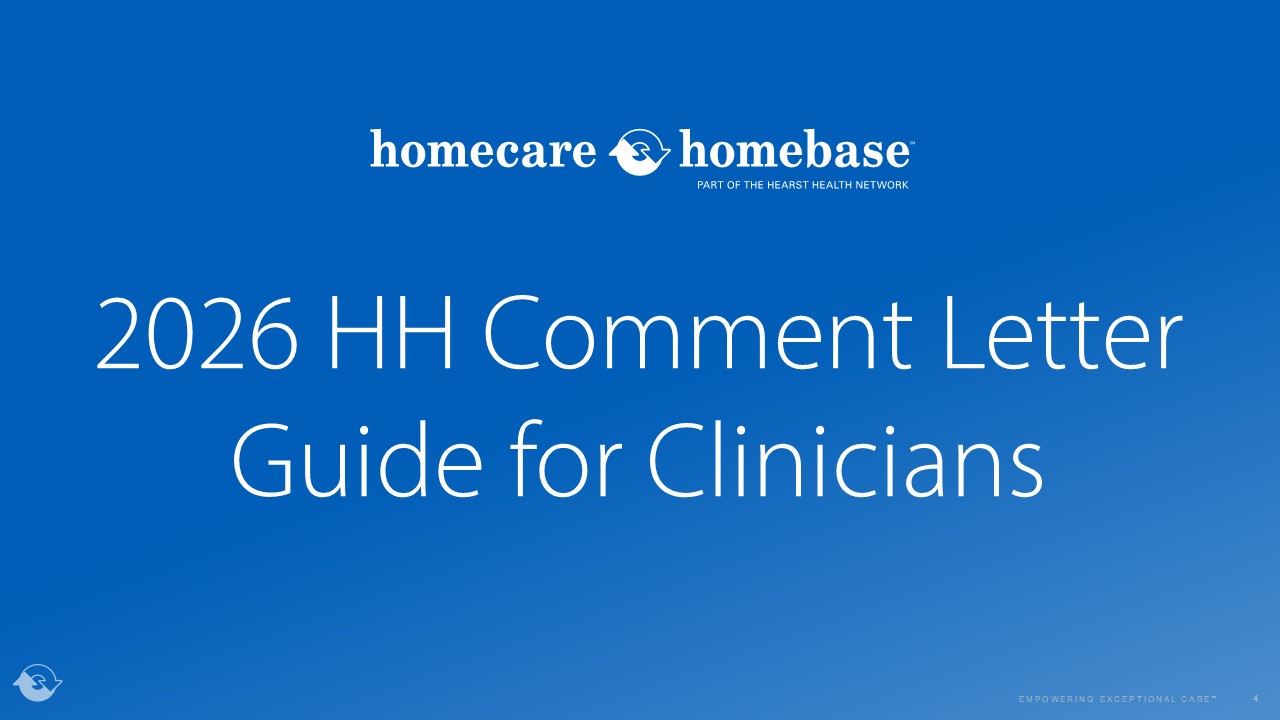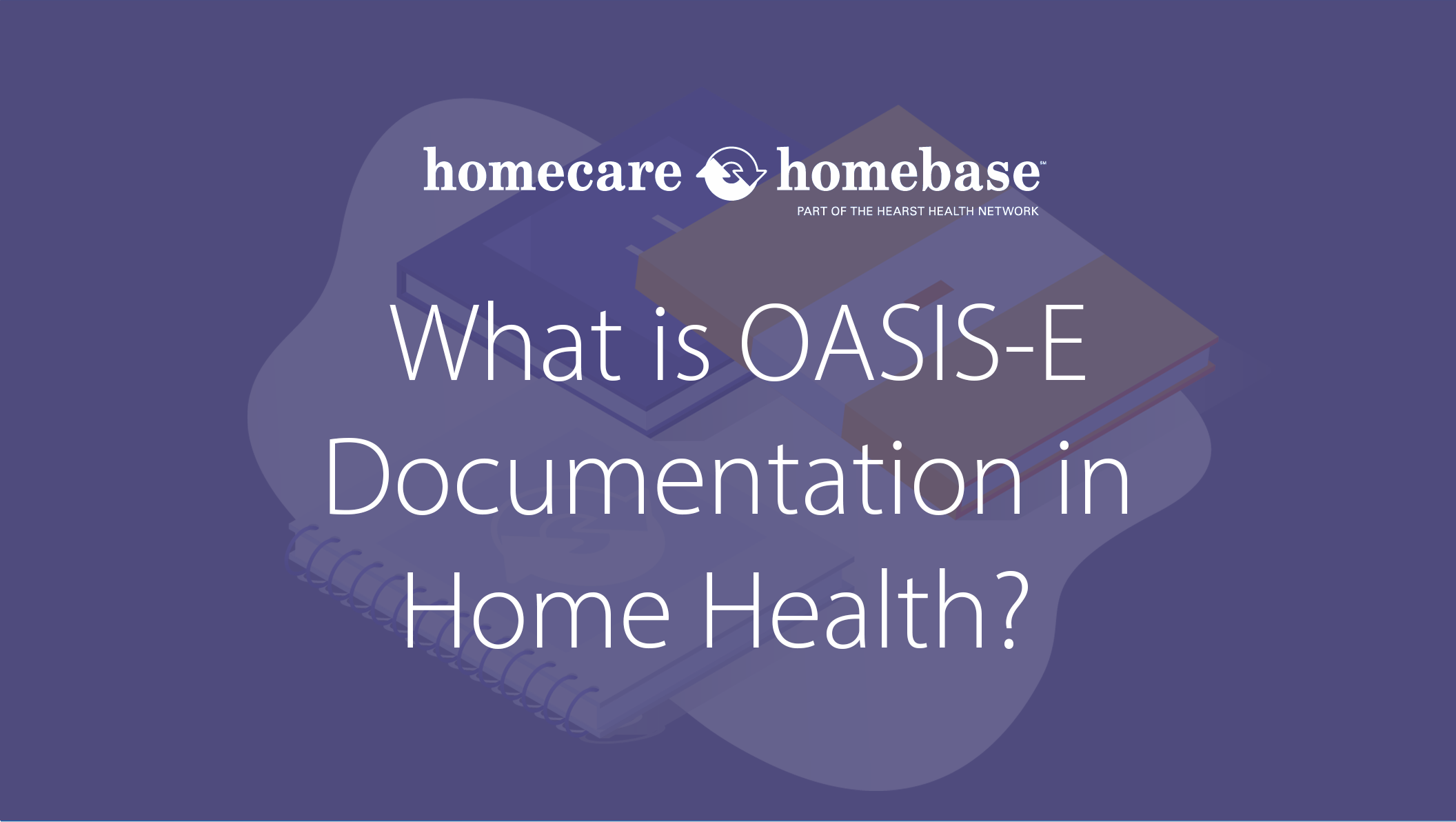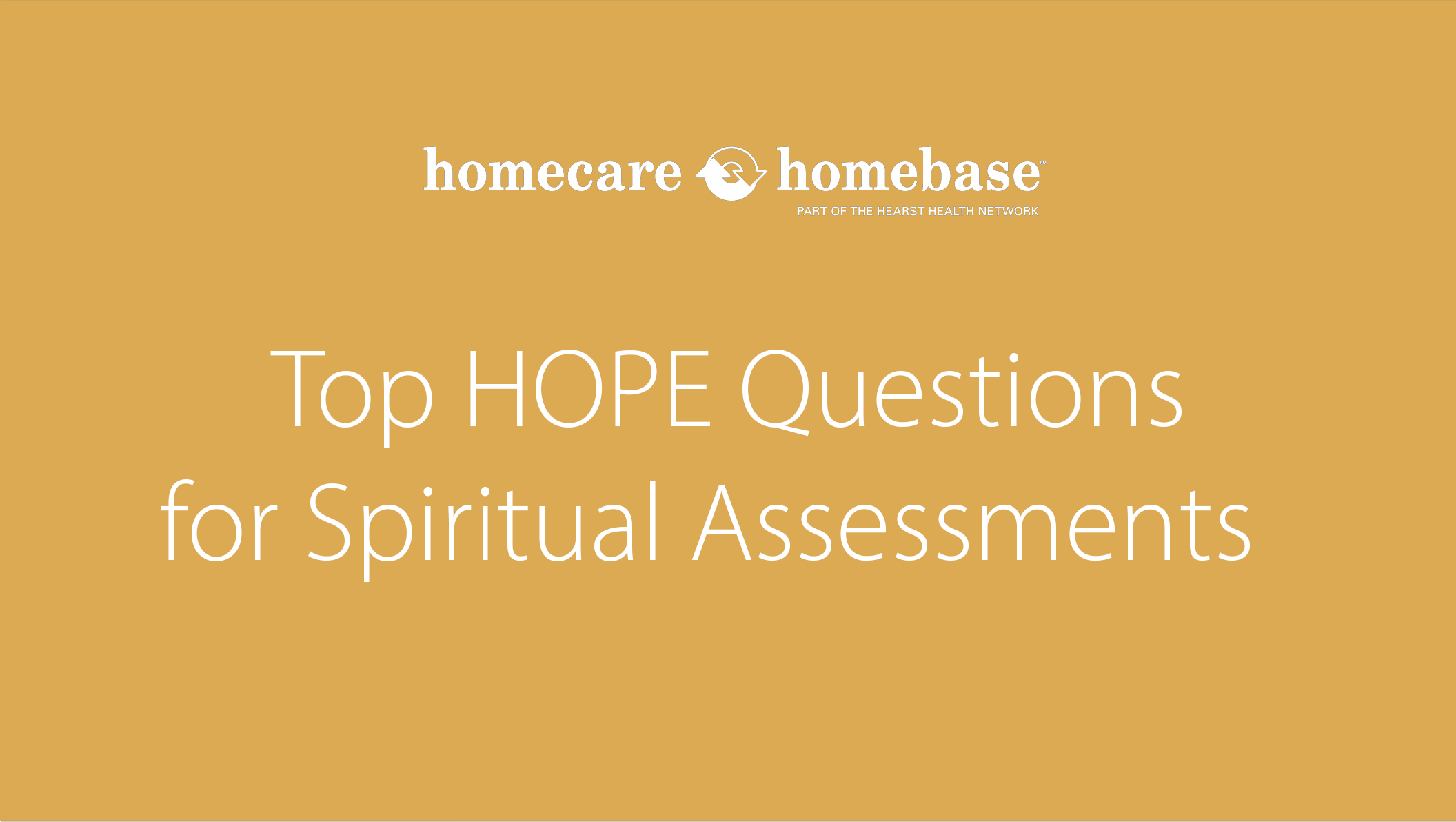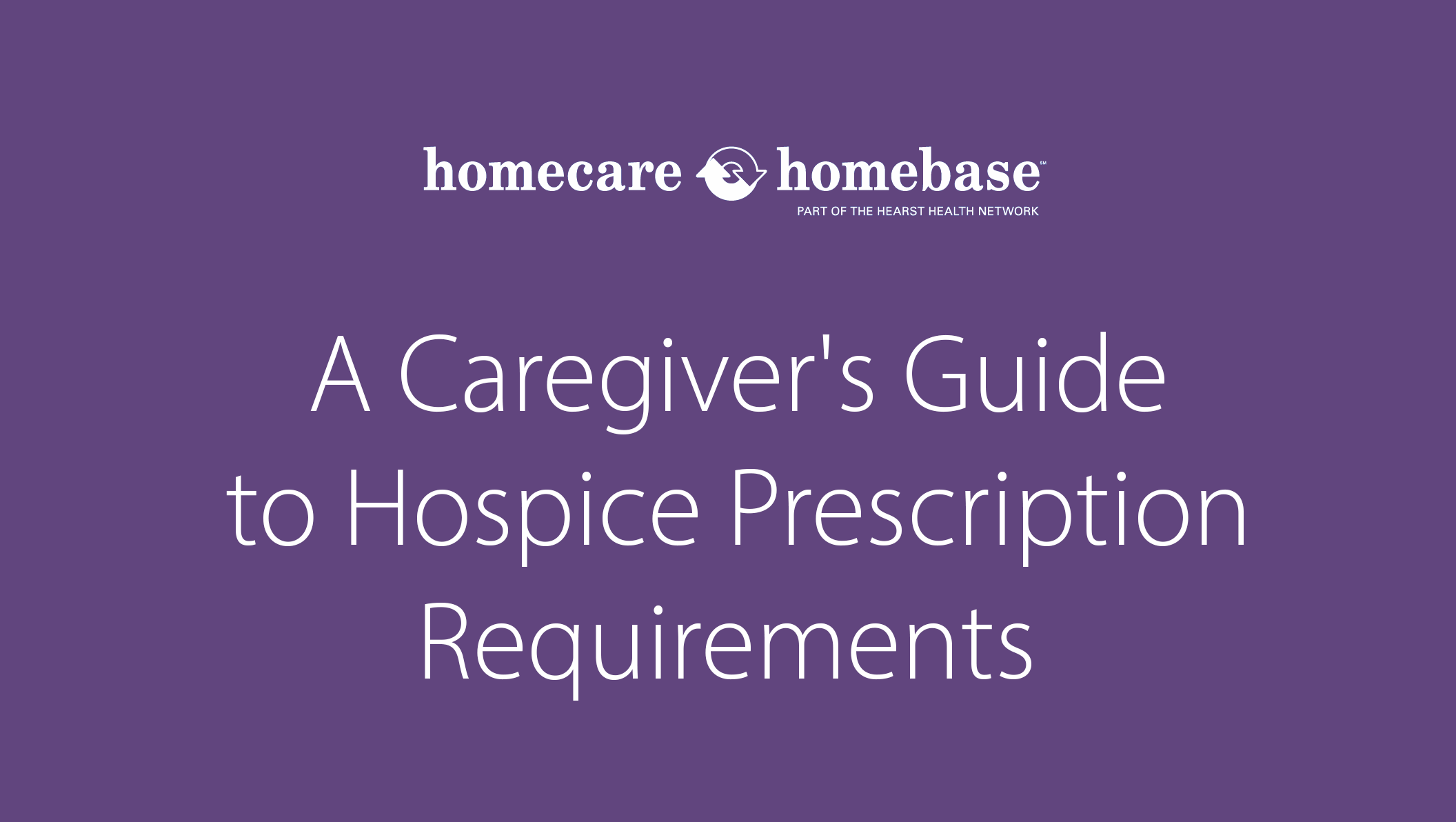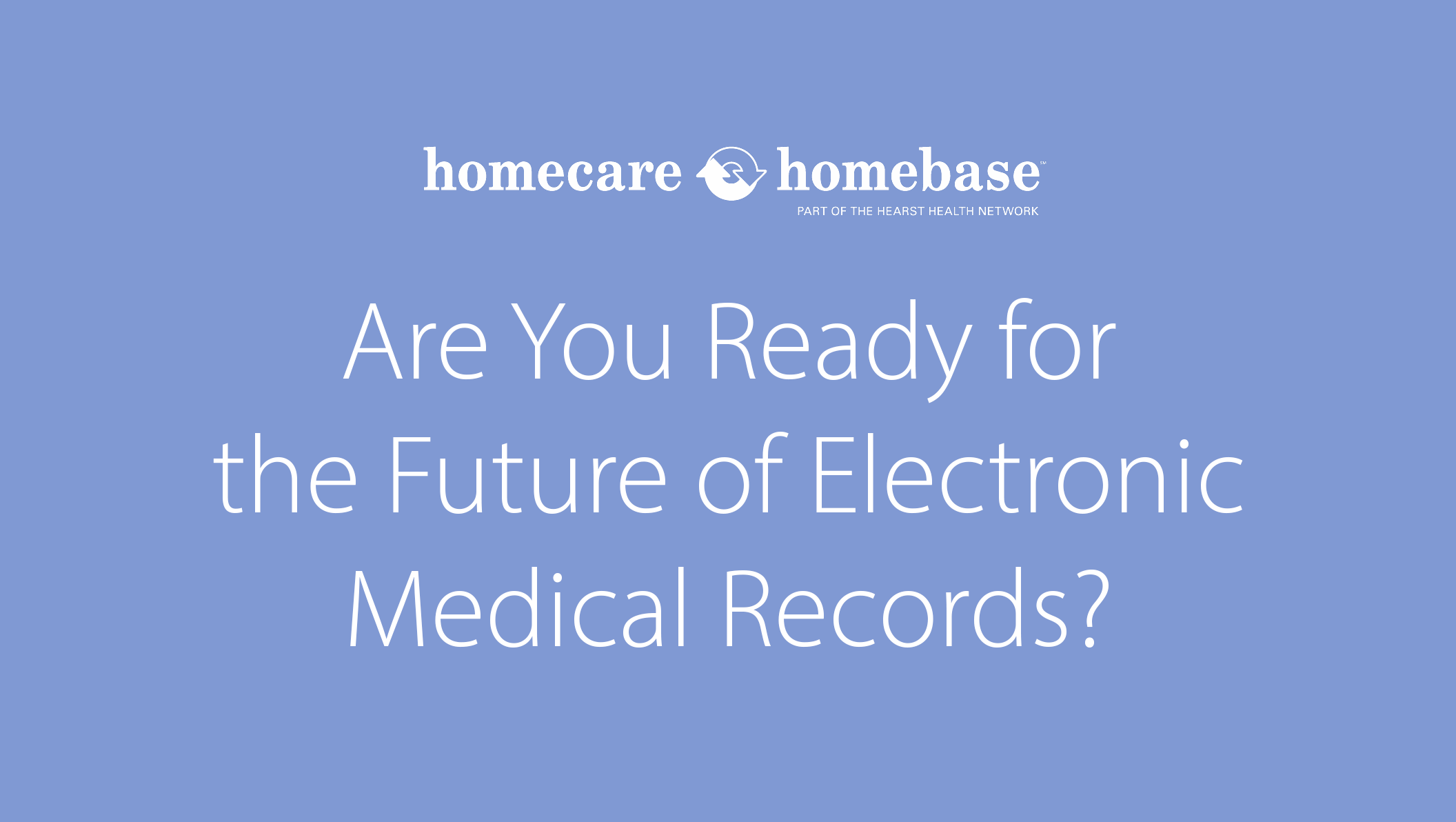The COVID-19 coronavirus pandemic has disrupted the world economy, sickened millions, and forced a reassessment of how we work, live, and even how we deliver health care services. Home health agencies (HHA), in particular, may see permanent changes going forward if some temporary waivers from CMS become permanent and trickle down to Medicare Advantage and other insurance plans.
Agencies need to ensure that they have the technology and software systems needed to adapt. To be successful they need government regulators to cover home health care and provide equitable reimbursement levels as compared to other health care providers.

The CARES Act Expanded Telehealth Services Nationwide
Prior to the COVID-19 crisis, CMS and some state provider agencies had been inching towards increased access to telehealth services – and provider reimbursement for them. But with the CARES Act, Congress fast-forwarded the effort – at least temporarily. We don’t know whether any or all of these changes will remain in place after the pandemic subsides.
Patients have expanded options to access telehealth, including audio-only phone calls and interactive apps with audio and video. Online applications like Facetime and Zoom, for example, weren’t previously considered approved telehealth platforms.
In the past, regulations required patients to be physically present in an allowable originating site in order to receive telehealth services. Private residences didn’t qualify as “originating sites,” so providers couldn’t be reimbursed. Neither did assisted living facilities and nursing homes/long-term care facilities located in urban areas.
Now, CMS allows patients to receive telehealth from any originating site, including their homes or loved one’s residences. That’s a big change. If it becomes permanent, it could revolutionize health care delivery and have a tremendous impact on home health agencies.
HHAs Need Cost-Sharing and Adequate Reimbursement Levels
Although the pandemic forced insurers to pay for specific types of in-home treatments, other home caregivers were left out. The possibility of permanent change worries many agencies because of the possible financial ramifications.
- The CARES Act allows home health agencies to offer telehealth visits, but those aren’t reimbursed and must be specifically ordered by the physician on the plan of care
- Telehealth visits don’t count towards the LUPA threshold
- During the first week of April 2020, HCHB clients experienced a 32% decrease in admissions and a significant increase in LUPAs
Once regulators realize how telehealth can increase efficiencies and provide more convenient care, they may support making the temporary changes permanent. Much depends on whether CMS decides to help home health agencies cover the added technological costs of telemedicine and reimburse for care.
But the biggest wild card in whether current innovations persist may be how generously insurers decide to cover them. If insurers decide to reimburse telehealth at far less than an in-person visit, that “will have a huge impact on continued use,” said Mike Seel, Vice President of the consulting firm Freed Associates in California.
We won’t hear the response until early November, but CMS is proposing to continue to allow telehealth and telemonitoring in home health as long as it is ordered and on the plan of care. However, this request does not include reimbursement updates.
Your agency needs to be ready. Does your home care software allow your caregivers and back office staff to document which visits were made remotely? Does it support data interoperability with other providers?
In October 2019, Homecare Homebase launchedHCHB Exchange as part of the HCHB Connect Suite. HCHB’s partnership with Surescripts allows for the exchange of clinical data among more than 100,000 clinicians across the U.S., as well as 600,000 care providers connected through the Carequality framework.
Our cloud-based software incorporates integration with several popular telehealth and patient monitoring tools through HCHB Connect. This way, your telehealth systems can communicate directly with HCHB and keep your operations running smoothly. We can help you boost efficiency and performance while improving patient care. Contact us to learn more.
Learn more about how the pandemic has challenged agencies to adapt to new technologies, care delivery options, and payment models in our webinar: “Analyzing COVID-19’s Impact on Telehealth and EHR Technology”.


